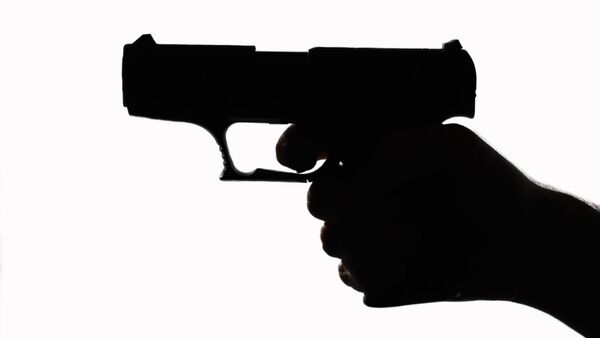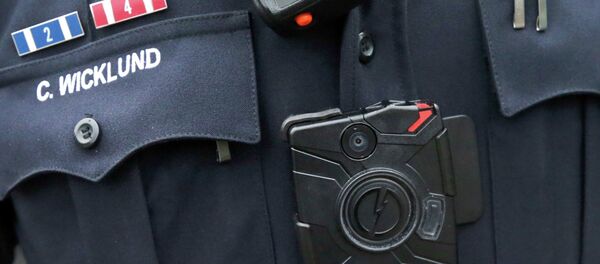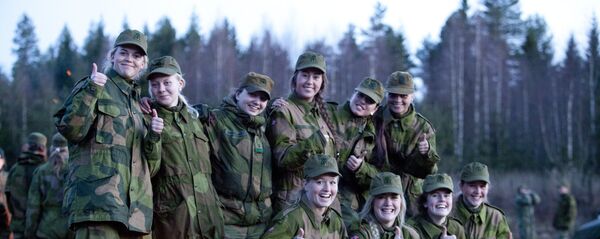"We have been anticipating this issue on the agenda. Certain things are lacking at schools and we have been wondering what kind of routine procedures we need. It's important, because this [a mass shooting] is something that could happen at any time," Stein Endresen, outgoing principal at Kannik Secondary School in Stavanger, told NRK.
Earlier, school principals in Stavanger voiced concern that there was no emergency procedure in place to allow them to adequately respond to violent incidents such as school shootings.
"Learning to read and write is important, but saving lives is even more important. I support this, so let's see what is going to be offered," Frøydis Anthonsen, headmaster at Nylund School, told NRK.
"We will provide a series of courses for all schools, where we will present contingency plans for situations like school shootings. This will be concluded with a drill for the schools," Pedersen said.
Response drills for shootings are common in the United States, where school shootings and killing sprees are a notoriously frequent occurrence. Norway's most high-profile mass shooting is by far the July 2011 Utøya massacre, which was carried out by right-wing extremist Anders Behring Breivik, who killed 77 people attending a summer camp. Most of his victims were 18 or younger.
"There is an ongoing debate about this in society. Fortunately, we have but limited experience with this kind of thing in Norway. However, we've had situations where concerns were raised, so it's imperative to have clear procedures," Pedersen told NRK.
"The analysis indicates that systematic work to create an inclusive learning environment, measures to prevent bullying, good psychosocial services and the coordination of local emergency plans all contribute to reducing the risk of a school shooting in this country," DSB head Cecilie Daae told Norwegian broadcaster NRK.
In a 66-page report by DSB, violence researcher Raghild Bjørnebekk stated that school shootings are more common in white middle class neighborhoods. Surprisingly enough, they rarely happen in schools which are stricken by a high level of violence and other problems. A common feature of at-risk schools is that they are often located in smaller places where teachers and parents know each other personally, and where it becomes difficult to address problems with the children, the report said.





